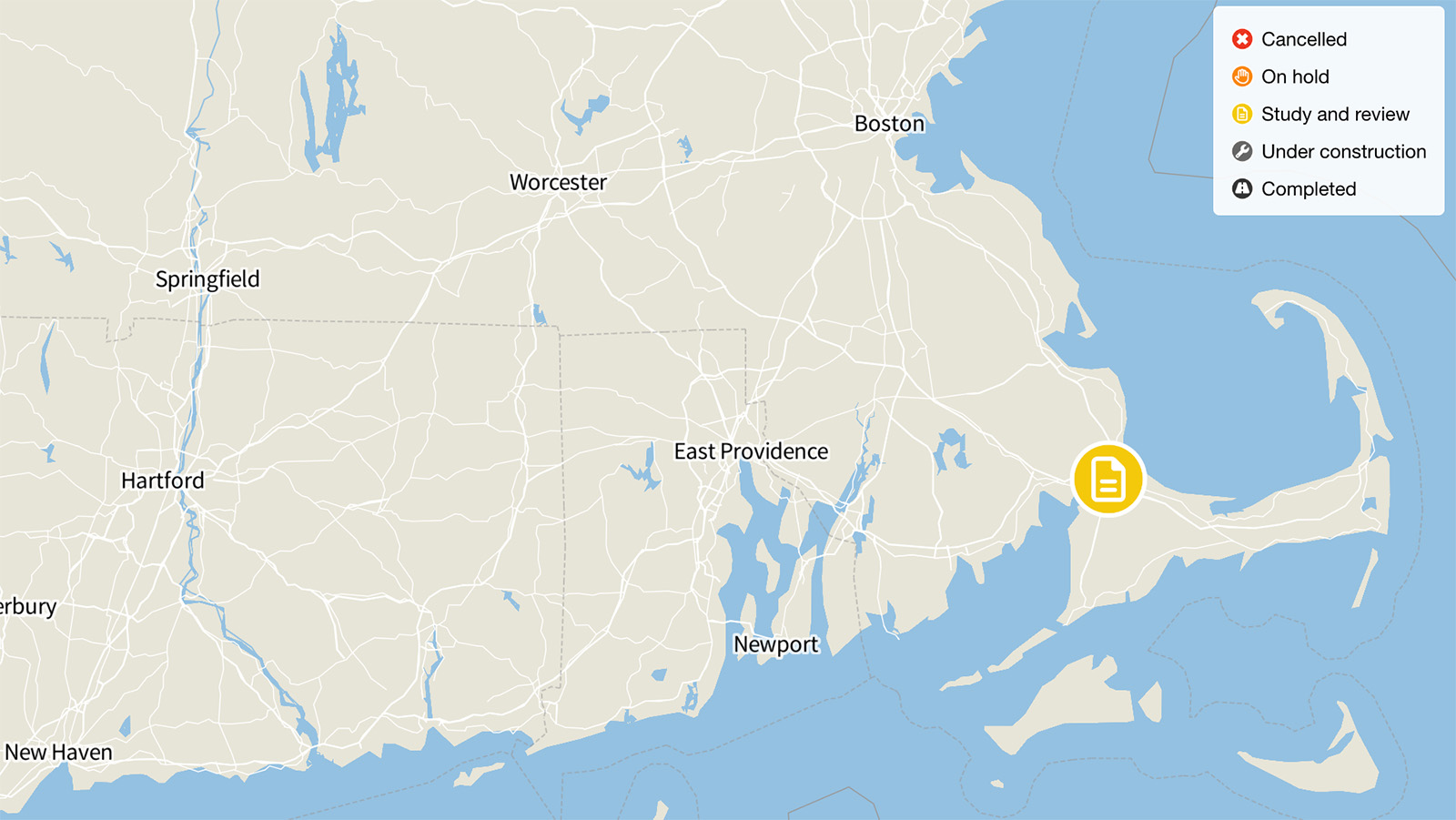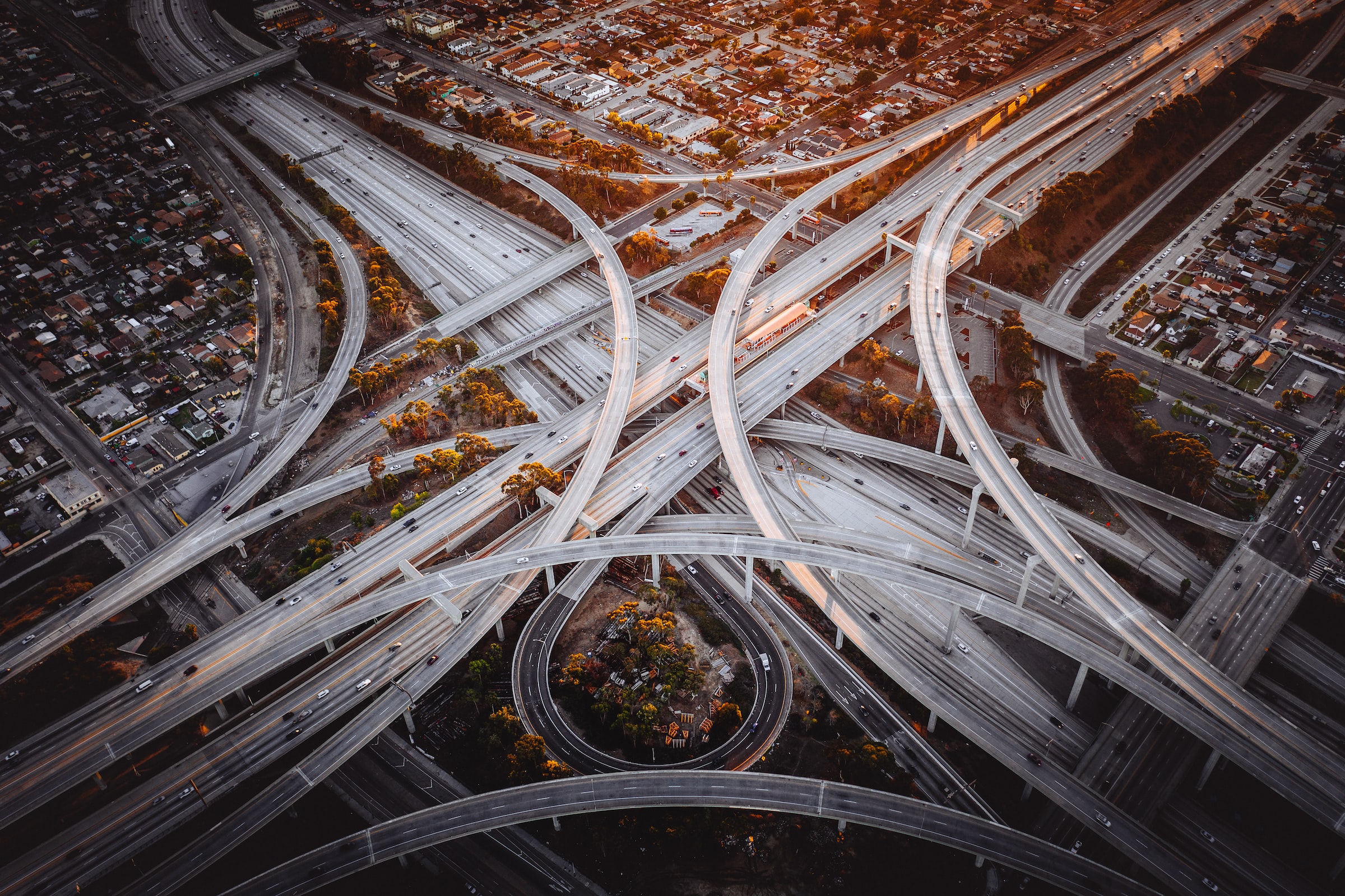
High Desert Freeway, California
California officials are moving forward with plans for the “High Desert Freeway,” an $8 billion, 63-mile freeway 40 miles north of downtown Los Angeles that would connect the cities of Palmdale and Lancaster with Victorville, Apple Valley and Adelanto. L.A. County’s first new highway in 25 years would lead to more driving and more pollution, along with sprawling desert development.
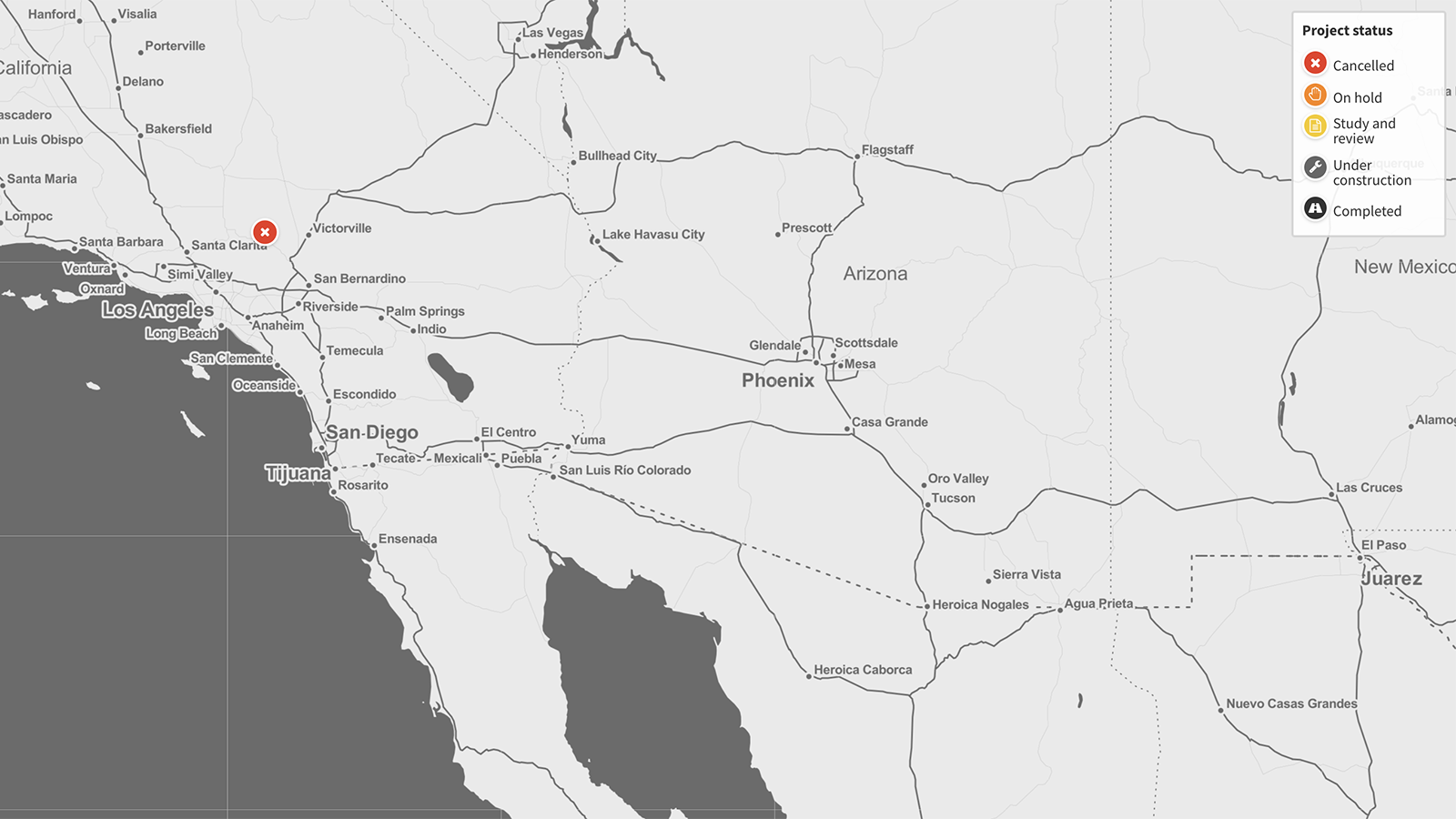
Status: Cancelled
Originally reported cost: $8 billion
Update for current status:
Following a lawsuit concerning the project’s environmental impacts, the High Desert Freeway project was cancelled in October 2019.
Original story from Highway Boondoggles 5:
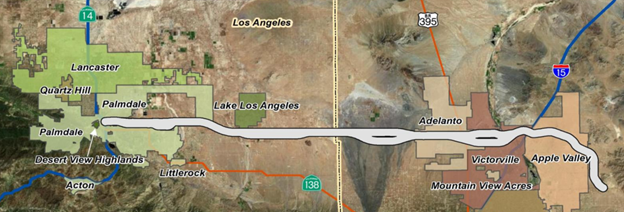
The High Desert Freeway has the potential to encourage sprawl in fragile desert ecosystems, where development could alter the landscape and strain scarce water resources. Image: California Department of Transportation
California officials are moving forward with plans for the “High Desert Freeway,” an $8 billion, 63-mile freeway 40 miles north of downtown Los Angeles that would connect the cities of Palmdale and Lancaster with Victorville, Apple Valley and Adelanto. L.A. County’s first new highway in 25 years would lead to more driving and more pollution, along with sprawling desert development.
The plan – building a massive highway to connect mid-sized exurbs of Los Angeles – has inherent problems. The highway’s numerous offramps as it runs through rural, undeveloped areas suggest its potential to encourage sprawl in fragile desert ecosystems, where development could alter the landscape and strain scarce water resources. And while officials have not yet found full project funding, the high cost of the highway may mean less money for other state or local transportation priorities.
The project will also increase California’s global warming emissions, an impact in direct opposition to state goals. When it comes to taking on global warming, in most ways California is on the cutting edge. The state has more solar panels and more electric vehicles than any other in the country, by far. In 2018, California adopted legislation requiring the state to generate 100 percent of its electricity using clean energy sources by 2045.
But for California to truly become a low-carbon state, it must work to reduce driving. Transportation is responsible for 46 percent of state carbon dioxide emissions, and the 151 million metric tons of on-road transportation emissions released in 2016 were more than the total, economy-wide emissions of states like Georgia, North Carolina and New Jersey. While electric vehicles are an important tool to reduce transportation emissions, electrifying the existing 35 million vehicle fleet will take time, and walking, biking and transit can cut emissions immediately and play a role in the state’s long-term emissions reduction strategy.
According to the California Air Resources Board, to hit 2030 climate goals the average Californian needs to reduce driving by 1.6 miles per day. The High Desert Freeway will achieve the opposite. According to the most conservative scenario in the project’s Final Environmental Impact Statement, building the new highway would increase driving by at least 2.5 million vehicle miles traveled each year and increase annual carbon dioxide emissions by 240,000 metric tons per year, equivalent to burning 262 million pounds of coal.
In a nod to California’s climate goals, the project’s environmental impact statement claims the project will have emissions benefits, as a result of helping passengers use future rail routes and its inclusion of “green energy features.” Neither claim makes sense. First, the document claims a benefit of providing “improved access and connectivity to” the proposed XpressWest high-speed rail route, which would be on a route parallel to the proposed highway. Such a rail route could, on its own, be an effective way to promote low-carbon travel. In contrast, the highway would promote sprawling development less amenable to rail travel, and will also compete with, not provide service to, those rail stations. The document also claims the highway project will contribute “to state greenhouse gas (GHG) reduction goals through the use of green energy features.” Yet it is unclear how green energy features like solar panels would benefit from the construction of a highway, or why existing highways could not provide similar building opportunities.


Topics
Find Out More

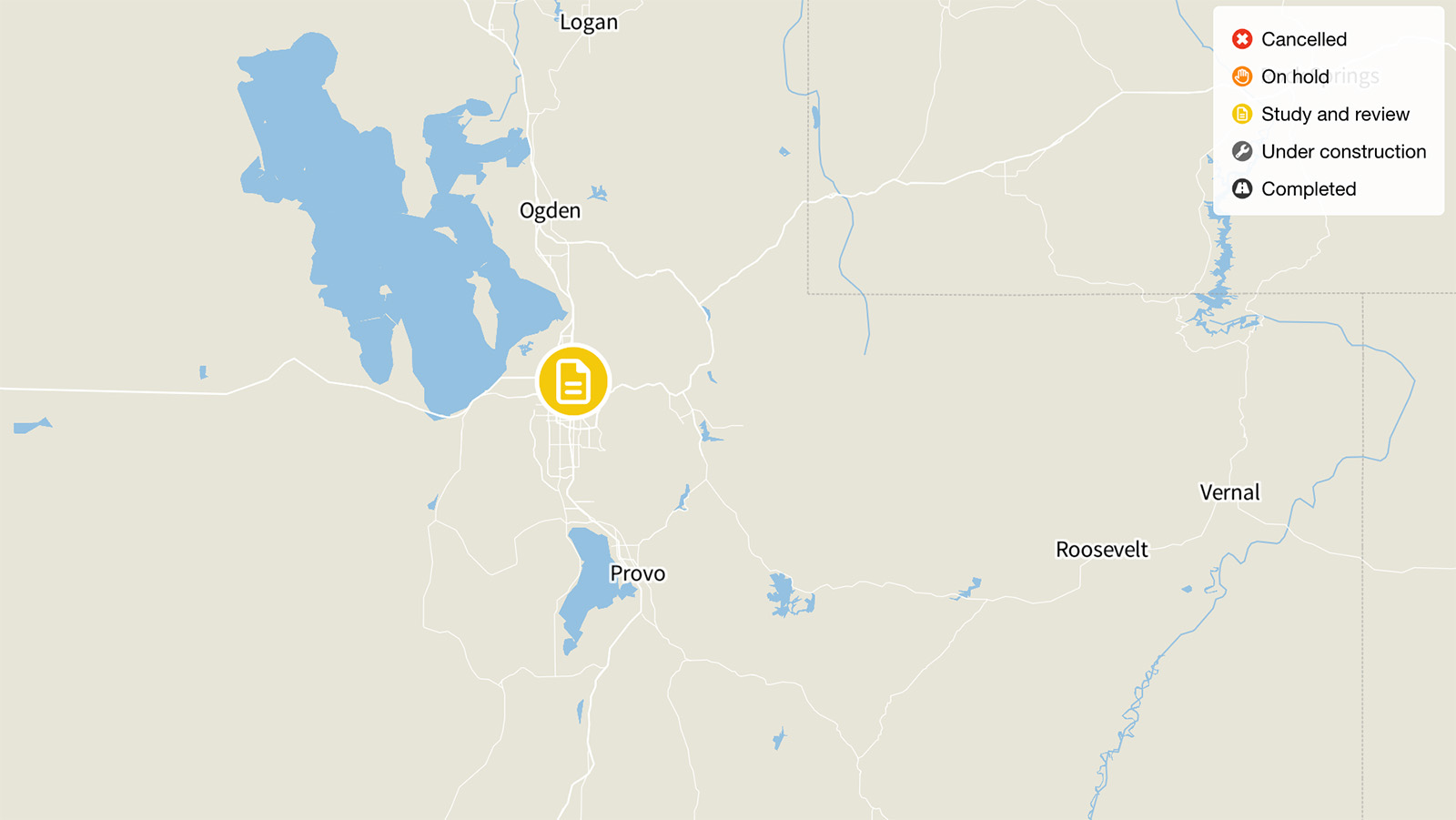
I-15 Expansion, Salt Lake City
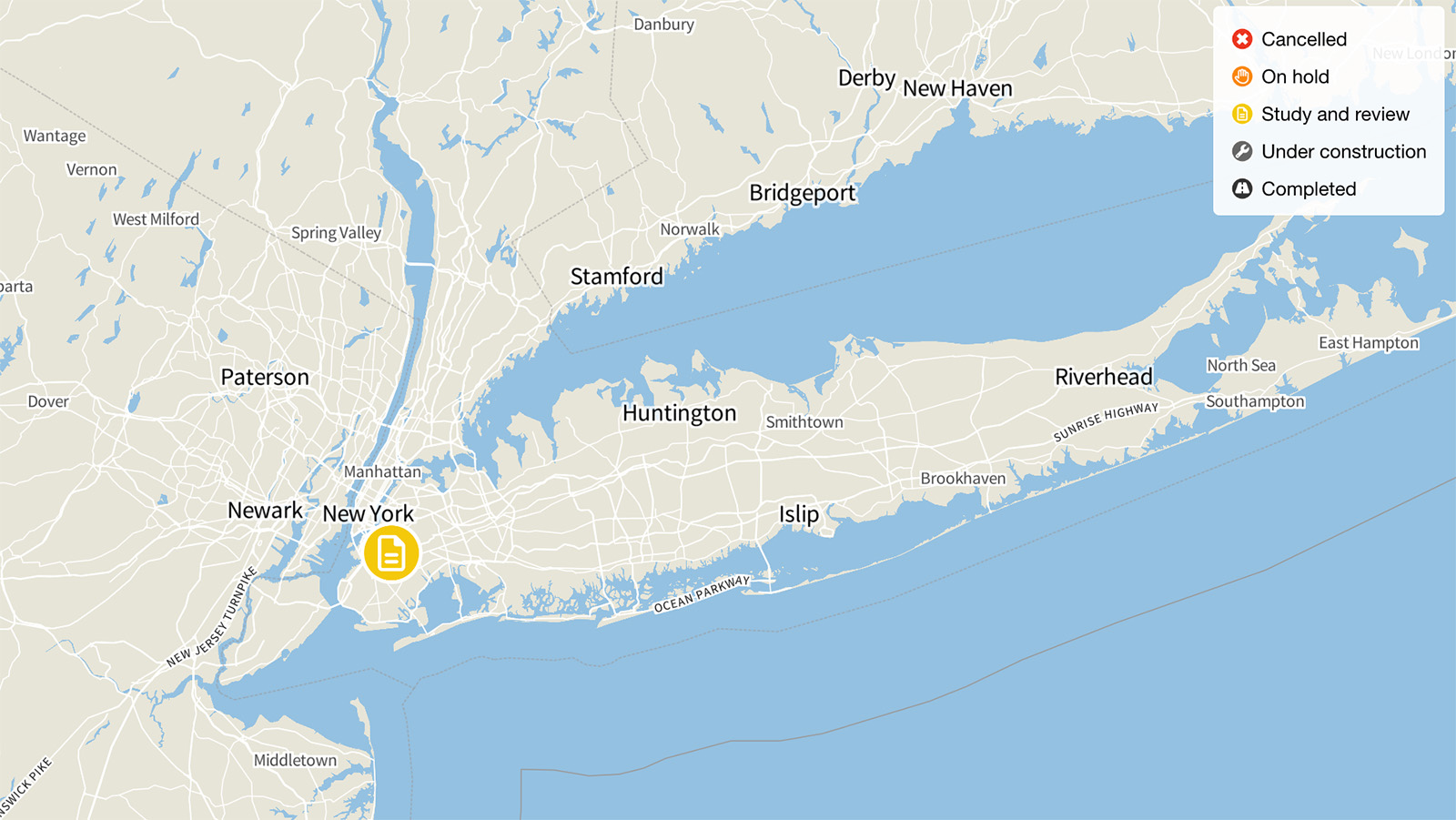
The Brooklyn-Queens Expressway, New York
